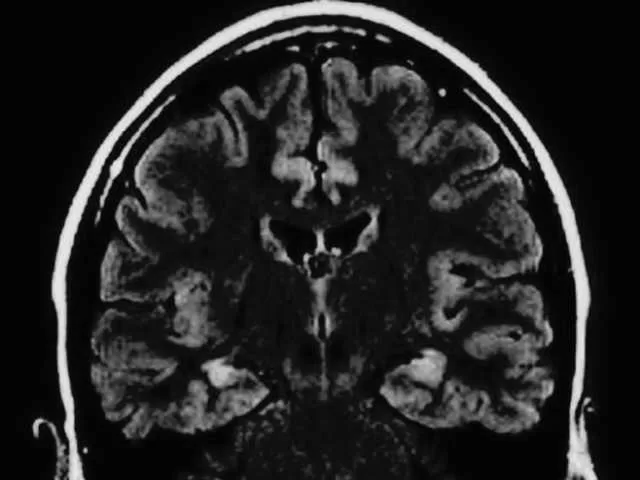Delve into the intricacies of child development, exploring physical, cognitive, and emotional milestones. From infancy to adolescence, grasp the stages shaping young minds.
Table of contents
Unlocking the Secrets of Child Development
In the intricate History of human existence, the journey from childhood to adulthood is a remarkable odyssey marked by physical, cognitive, and emotional milestones. As we navigate this terrain, we unravel the mysteries of child development, understanding the nuances that shape young minds. Join us on this exploration through the stages of life, from infancy to adolescence and beyond.
The Essence of Childhood: Defining the Young Human
A child, a young human yet to reach adulthood, embodies the promise of potential and growth. Gender, often a societal focal point, emerges as a defining factor, with girls and boys representing the diversity within this stage of life. The debate on the influence of cultural practices on gender identity adds layers to the narrative, questioning whether inherent differences between sexes are amplified or diminished through upbringing.
In legal terms, a person not yet an adult is a minor, a designation carrying additional legal protections across the globe. However, the debate lingers on the extent to which gender identity is shaped during childhood or is an innate characteristic influenced by genetics and psychology.
Pediatrics: Guiding the Journey from Prenatal to Young Adulthood
The realm of child development finds a guardian in pediatrics, a medical specialty dedicated to the care of children from prenatal stages to young adulthood (ages 0-21 years). The stages of development unfold in a progression:
- Zygote (Conception and Fertilization): The point of origin.
- Embryo (Later stages called fetus): The prenatal journey.
- Birth: A transformative moment.
- Infant (Newborn): The early years.
- Toddler: The exploration phase.
- Primary School Age (Prepubescence): The foundation years.
- Elementary School Age (Middle Childhood): Formative experiences.
- Preadolescence (Late Childhood): Transition to adolescence.
- Adolescence (Teenage): Navigating complexities.
- Young Adult: The bridge to full adulthood.
- Adult: The establishment of independence.
- Advanced Adult/Senior: The wisdom years.
- Sexagenarian, Septuagenarian, Octogenarian, Nonagenarian, Centenarian: The golden years.
Physical and Cognitive Milestones: A Symphony of Development
Physical development unfolds in a symphony of milestones:
- Head Control and Crawling Begin: Early physical abilities.
- Walking Commences: A major leap in mobility.
- Speech Emerges: The advent of communication.
- Puberty and Reproductive Maturation: Transformation into adolescence.
- Voice Change (especially in boys), Pubic Hair, Body/Facial Hair: Secondary sexual characteristics.
- Menses Begin (females): A crucial marker in the journey.
Cognitive development intertwines with physical milestones, encompassing areas like language acquisition, learning, and the acquisition of skills, with notable child prodigies exemplifying the extraordinary potential within.
Challenges and Social Realities: Street Children and Human Development
The stark reality of street children, those left without parental care and forced to sleep on the streets, casts a shadow on the idealized journey of child development. Acknowledging this social ill, we confront the issues of child abandonment and the military use of children.
Human development, viewed through the lenses of psychology and economics, recognizes the multifaceted nature of growth. Education, language fluency, literacy, and numeracy become critical variables, shaping what economists term as individual capital. This nuanced approach seeks to identify and nurture unique talents from an early age, minimizing societal ills through the elevation of children’s value by the state.
Beyond Economics: A Holistic Approach to Human Development
While earlier economic models viewed humans primarily as a means of labor, protection, or persuasion, the human development perspective encompasses a broader spectrum. Fields like sports and performing arts recognize the importance of early training, evident in prodigies like Tiger Woods.
Child abuse, a grave concern, is seen to diminish in countries with a high ranking on the UN Human Development Index. This shift in perspective reflects a societal acknowledgment of the value assigned to children by the state. The index serves as a means of measuring well-being, emphasizing the human development approach over traditional economic frameworks.
In Conclusion: Unraveling the History of Growth
In the intricate journey from childhood to adulthood, the study of child development emerges as a beacon guiding us through the nuances of physical, cognitive, and emotional growth. As we navigate the stages from infancy to adolescence and beyond, the emphasis on a holistic, human-centric approach becomes increasingly evident. In understanding the complexities of child development, we pave the way for a future where the potential of every young mind is nurtured, ensuring a society that cherishes and protects its most precious resource – its children.

